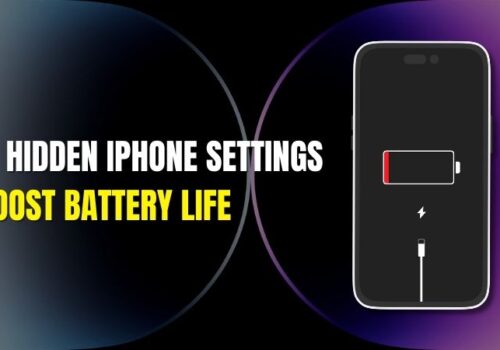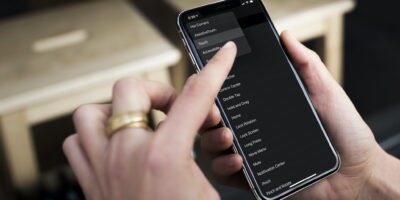11 Hidden iPhone Settings to Boost Battery Life
Is your iPhone battery draining faster than a Kiwi’s beer at Eden Park?
As Auckland’s trusted iPhone repair expert, I’ve seen thousands of frustrated locals dealing with battery woes. Whether you’re a Ponsonby professional checking emails all day or a tradie in South Auckland who needs their phone to last through long workdays, these power-saving tips will keep your iPhone running longer between charges.
After fixing countless iPhones across our Parnell, Papakura, and Ponsonby shops, I’ve compiled the most effective battery-saving settings that actually work for 2025’s iOS versions. No tech jargon—just practical solutions.
Table of Contents
1. Manage Your Location Services
Location tracking is one of the biggest battery killers on your iPhone. Many Auckland iPhone users don’t realize their phone is constantly tracking their movements from Britomart to Browns Bay.
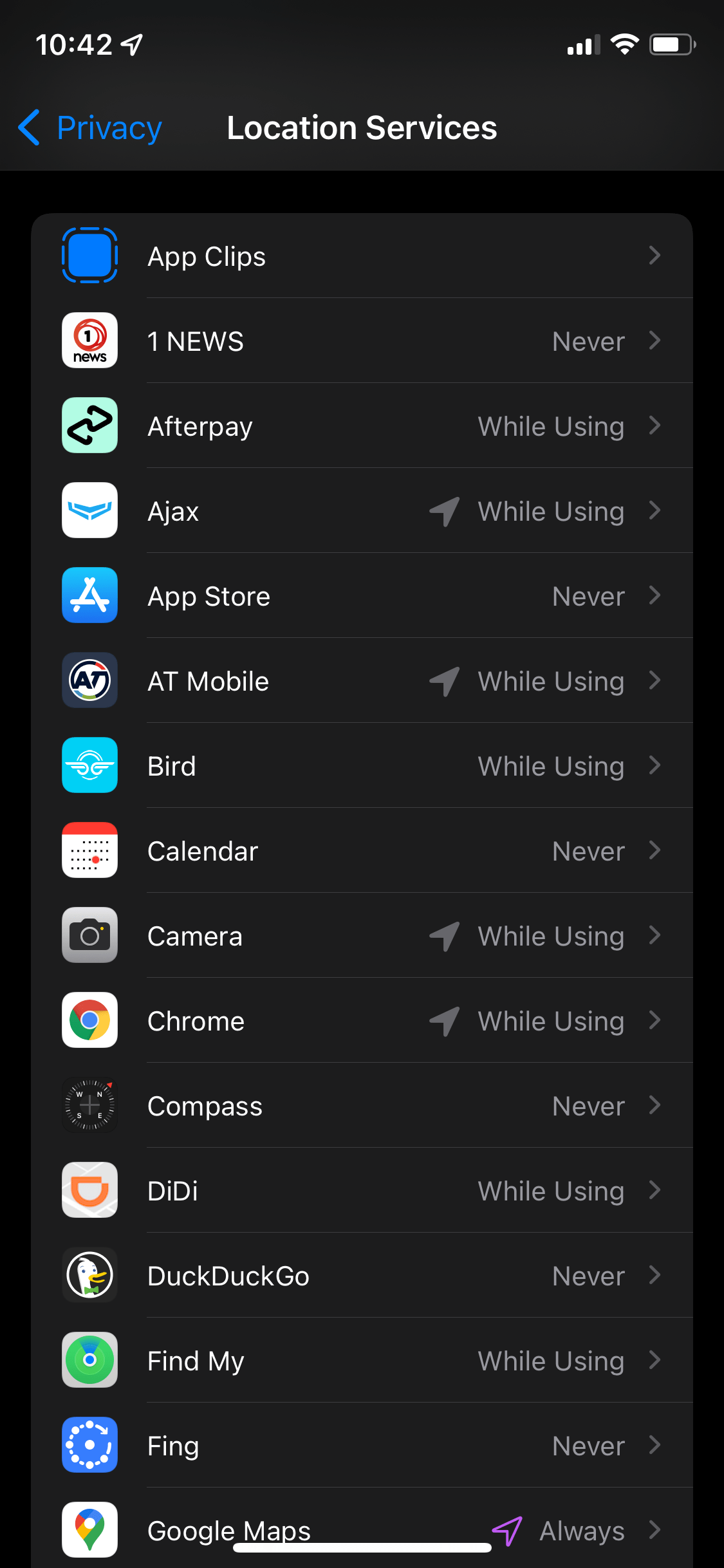
Here’s how to fix it:
- Go to Settings → Privacy & Security → Location Services
- Scroll down to System Services (at the bottom)
- Turn off unnecessary services like:
- Significant Locations
- Location-Based Apple Ads
- Location-Based Suggestions
- iPhone Analytics
This alone can give central Auckland commuters up to 2 hours of extra battery life during their daily train journeys.
Pro tip for Auckland CBD workers: When you’re in buildings with poor reception (like those high-rises on Queen Street), your iPhone works overtime searching for signal, draining battery fast. Consider using Wi-Fi calling in these locations.
2. Tame Background App Refresh for Massive Battery Gains
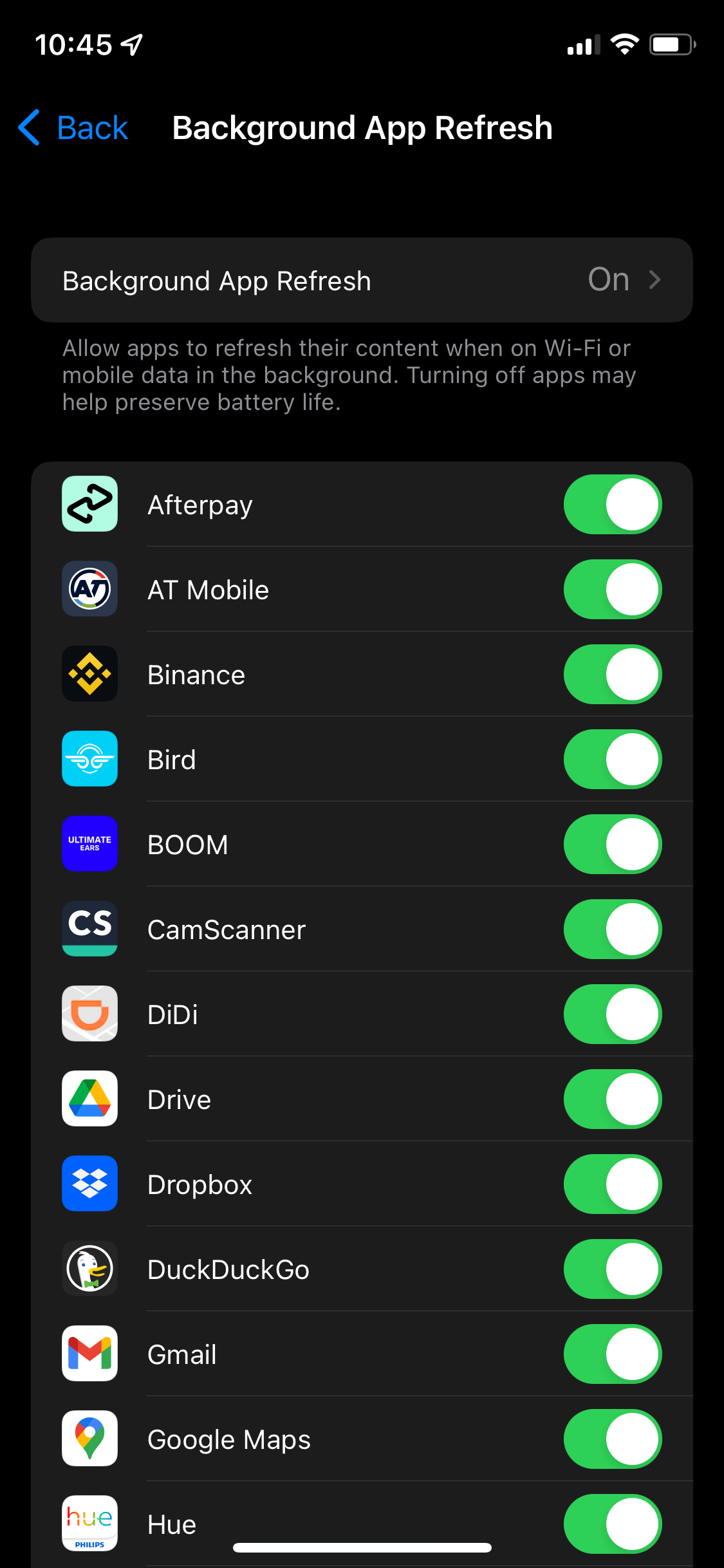
Background App Refresh lets apps update even when you’re not using them—great for convenience but terrible for battery life.
- Go to Settings → General → Background App Refresh
- You have three options:
- Turn it off completely (best for battery)
- Allow only on Wi-Fi (good compromise)
- Customize per app (most flexible)
I recommend keeping it on only for essential apps like your Auckland Transport app for commute updates, but turning it off for games, social media, and news apps.
Local insight: Auckland’s mobile data network can be patchy in areas like Waitakere or parts of the North Shore. Apps constantly trying to refresh in these areas will drain your battery much faster as they struggle to connect.
3. Optimize Mail Settings for Better Battery Life
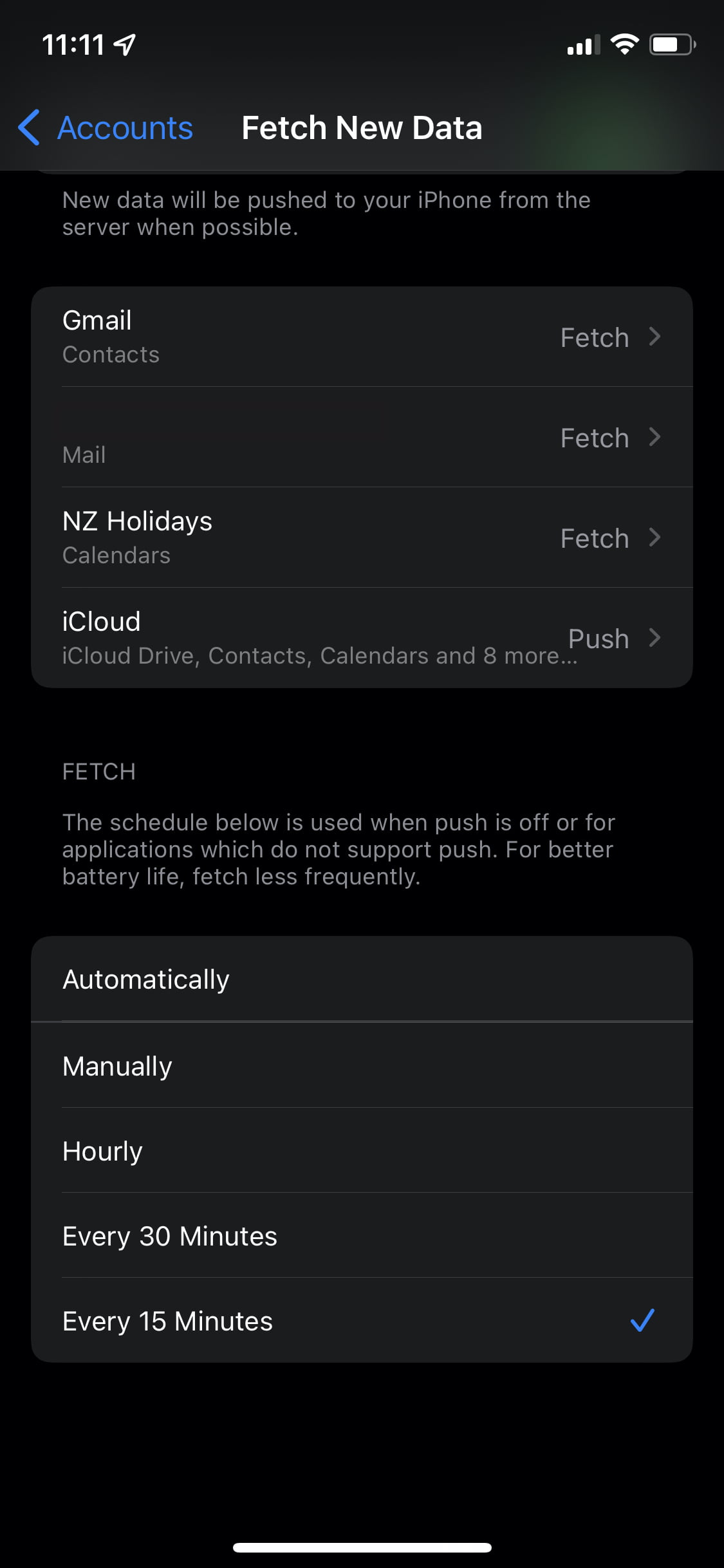
For busy Auckland professionals constantly checking emails, your Mail settings could be silently killing your battery:
- Go to Settings → Mail → Accounts → Fetch New Data
- Turn off Push (this constantly checks for new emails)
- Set Fetch to Manually or Hourly instead of every 15 minutes
- For each account, choose the most battery-efficient option
If you’re in meetings at Britomart or Newmarket all day, setting mail to manual fetch until you actually need to check can save up to 15% battery life.
4. Screen Brightness and Auto-Lock: Simple but Effective
Your iPhone’s bright screen is gorgeous but power-hungry—especially problematic during Auckland’s sunny summer days when you crank up brightness to see your screen.
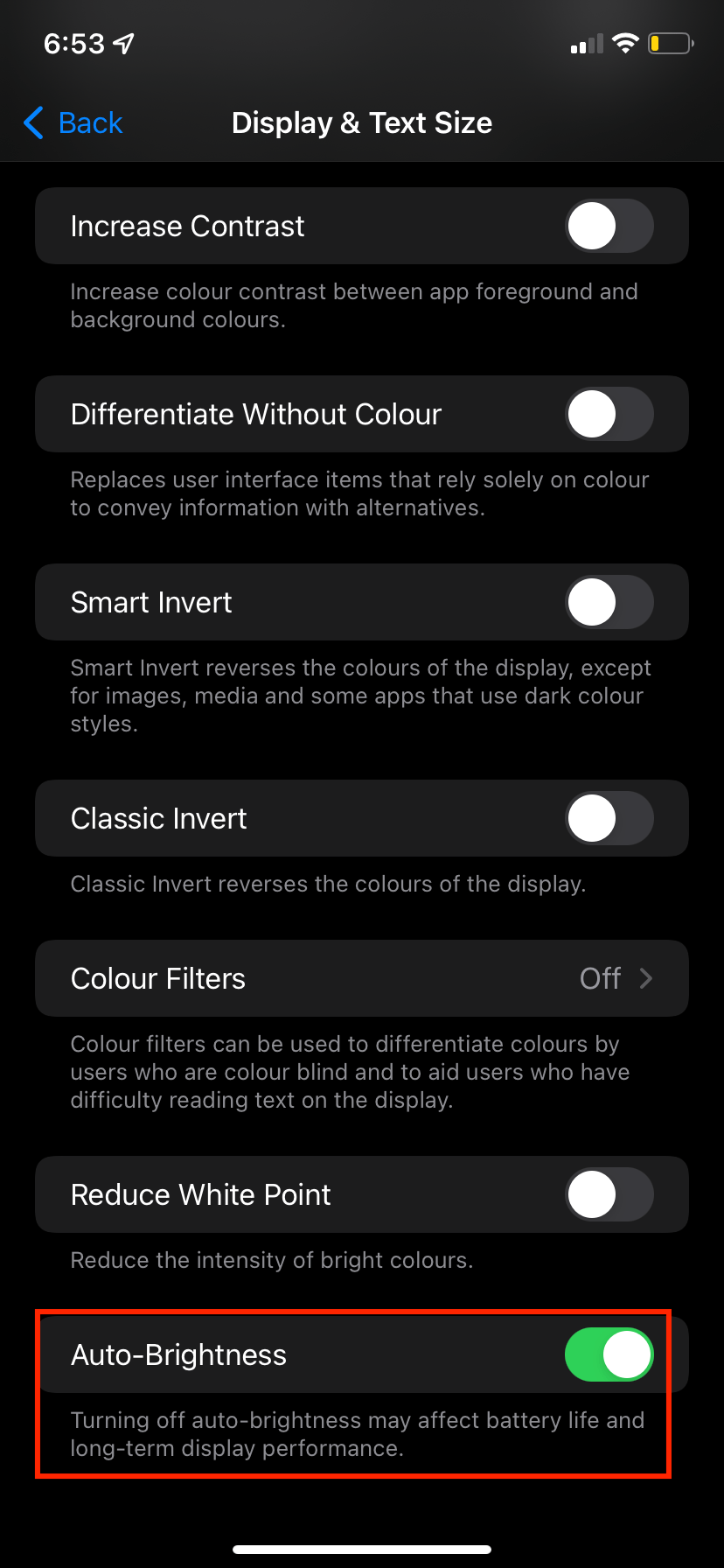
- Enable Auto-Brightness: Settings → Accessibility → Display & Text Size → Auto-Brightness
- Set a shorter Auto-Lock time: Settings → Display & Brightness → Auto-Lock → 30 seconds
- Use Dark Mode, especially for OLED iPhone models: Settings → Display & Brightness → Appearance → Dark
During those long summer days at Mission Bay or winter evenings in Ponsonby cafés, these settings can add hours to your battery life.
5. Disable Unnecessary System Services and Analytics
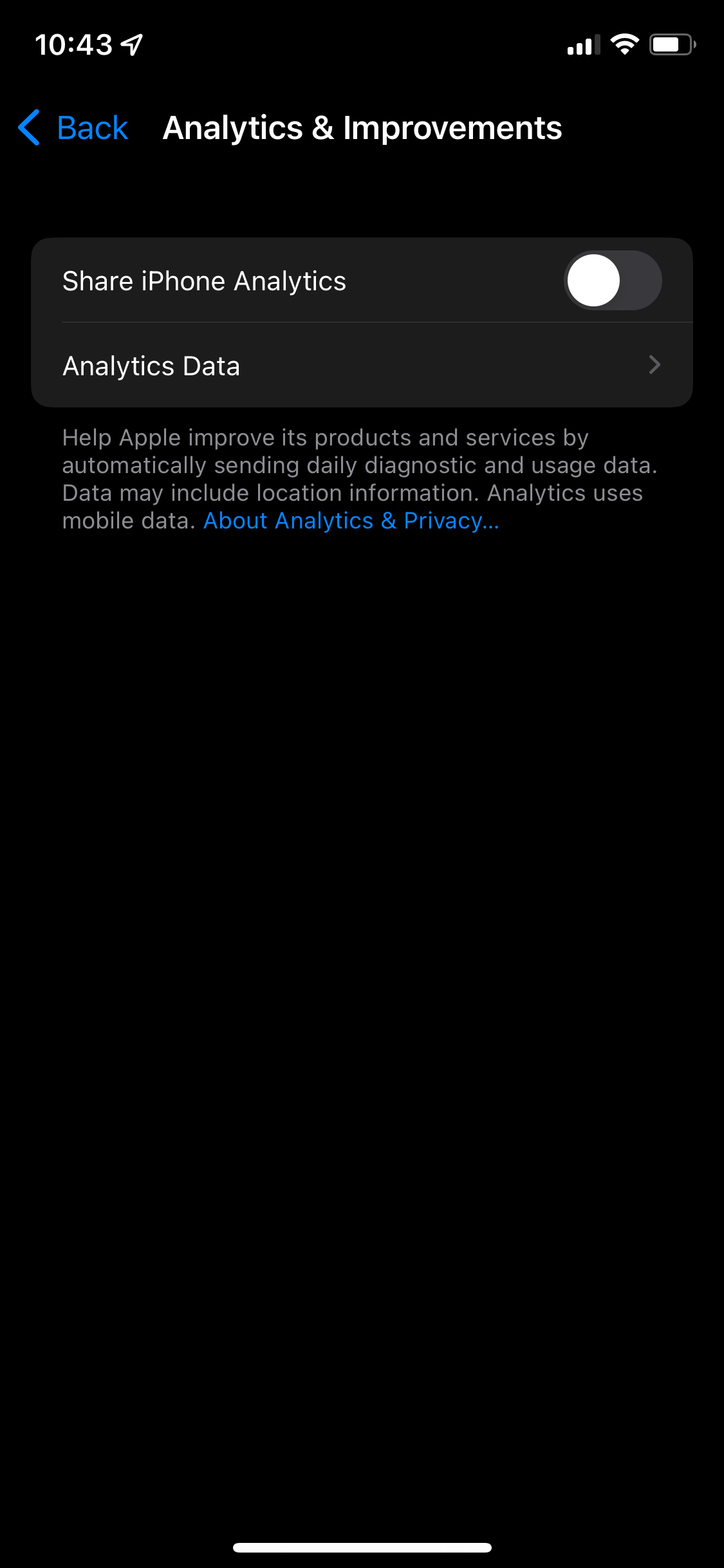
Your iPhone is constantly sending data back to Apple:
- Go to Settings → Privacy & Security → Analytics & Improvements
- Turn off:
- Share iPhone Analytics
- Share iCloud Analytics
- Improve Siri & Dictation
Then go to Settings → Privacy & Security → Apple Advertising and turn off Personalized Ads.
These settings not only save battery but also improve privacy for Auckland users concerned about data collection.
6. Turn Off “Allow Apps to Request to Track”
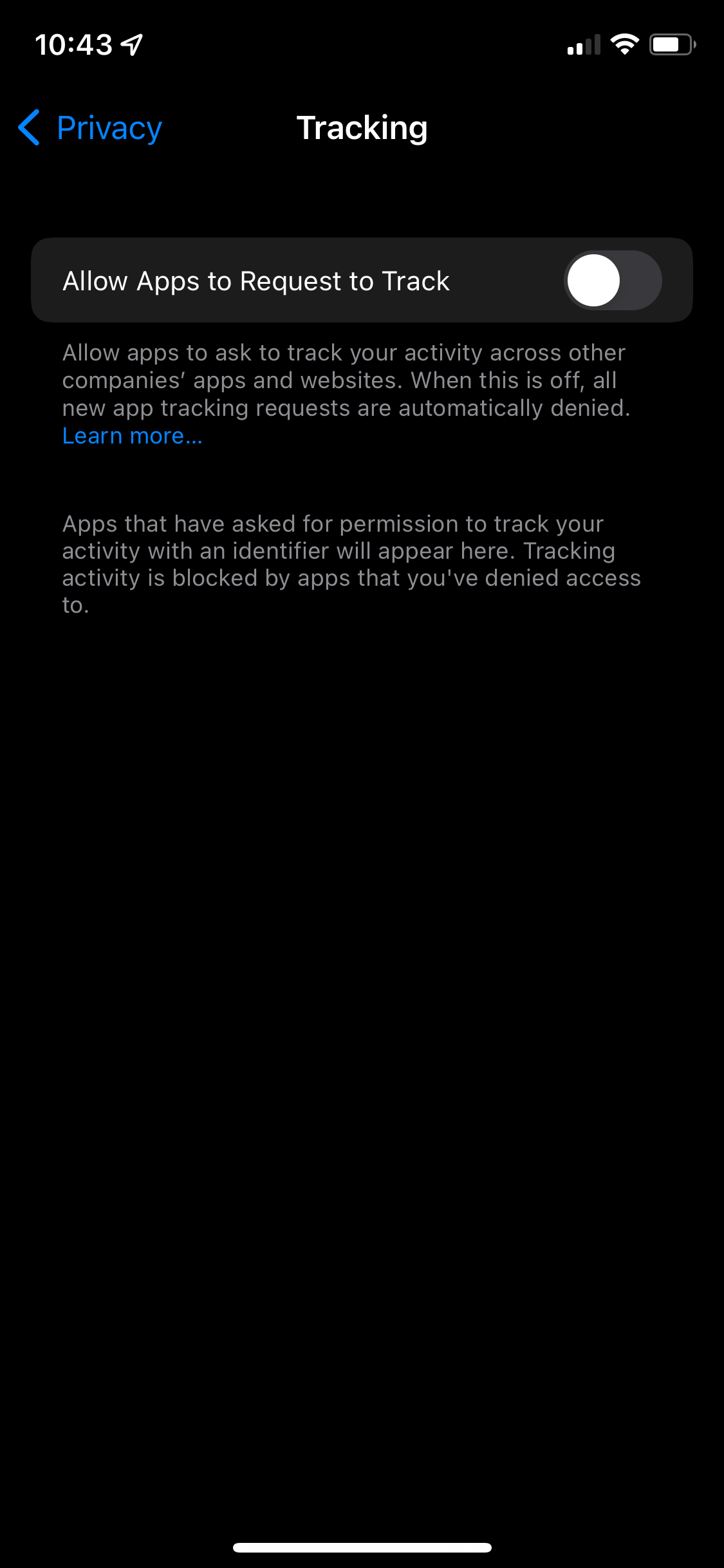
This relatively new iOS setting stops apps from tracking your activity across other apps and websites:
- Go to Settings → Privacy & Security → Tracking
- Toggle off Allow Apps to Request to Track
I’ve seen Auckland iPhone users gain up to 10% more battery life just by limiting this excessive tracking behavior.
7. Identify and Deal with Battery-Draining Apps
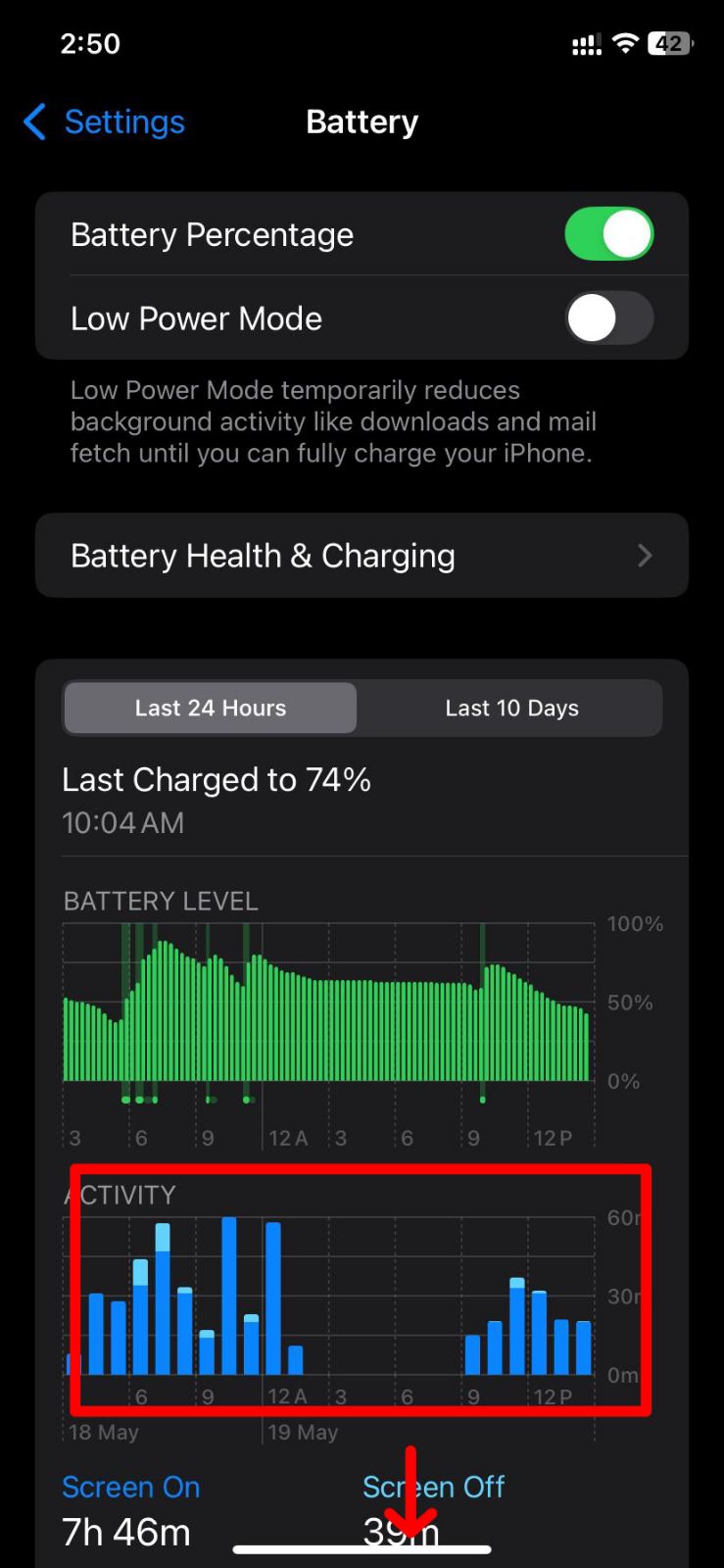
Some apps are just battery vampires, especially those always tracking your location around Auckland:
- Go to Settings → Battery to see which apps use the most power
- Look for apps with high background activity percentage
- Either delete these apps or restrict their permissions
Local example: Many Auckland users don’t realize food delivery apps constantly track location even when not ordering, draining battery significantly. Consider using browser versions when possible.
8. Manage Wi-Fi, Bluetooth, and Network Settings
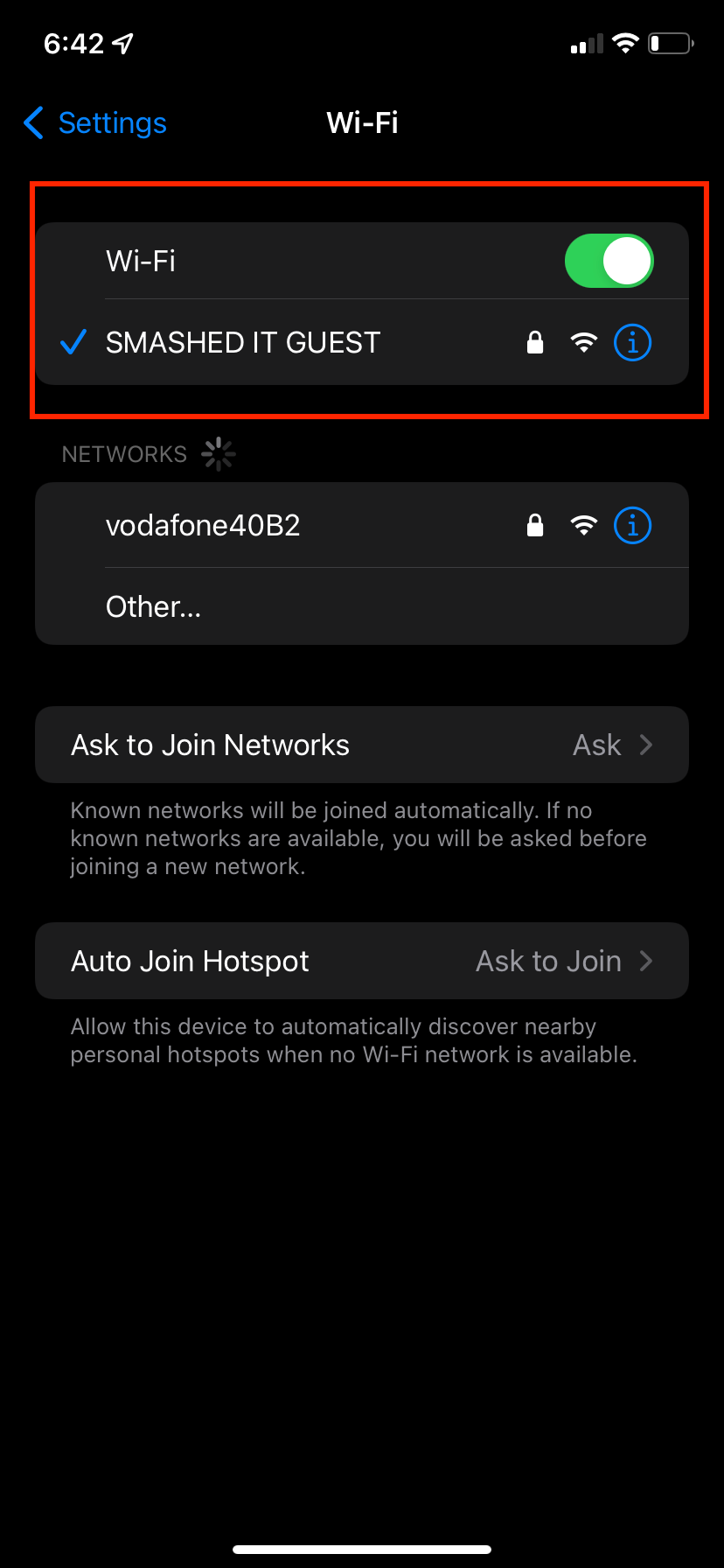
Connectivity features are constantly working in the background:
- Turn off Wi-Fi Assist: Settings → Cellular → Wi-Fi Assist (at bottom)
- Disable Bluetooth when not needed
- Use Airplane Mode in poor reception areas (like parts of Waiheke or Piha Beach)
In areas with patchy coverage like many Auckland beaches or the Waitakere Ranges, your iPhone works overtime trying to maintain a connection. Airplane Mode can prevent this battery drain when you don’t need connectivity.
9. Use Low Power Mode Strategically
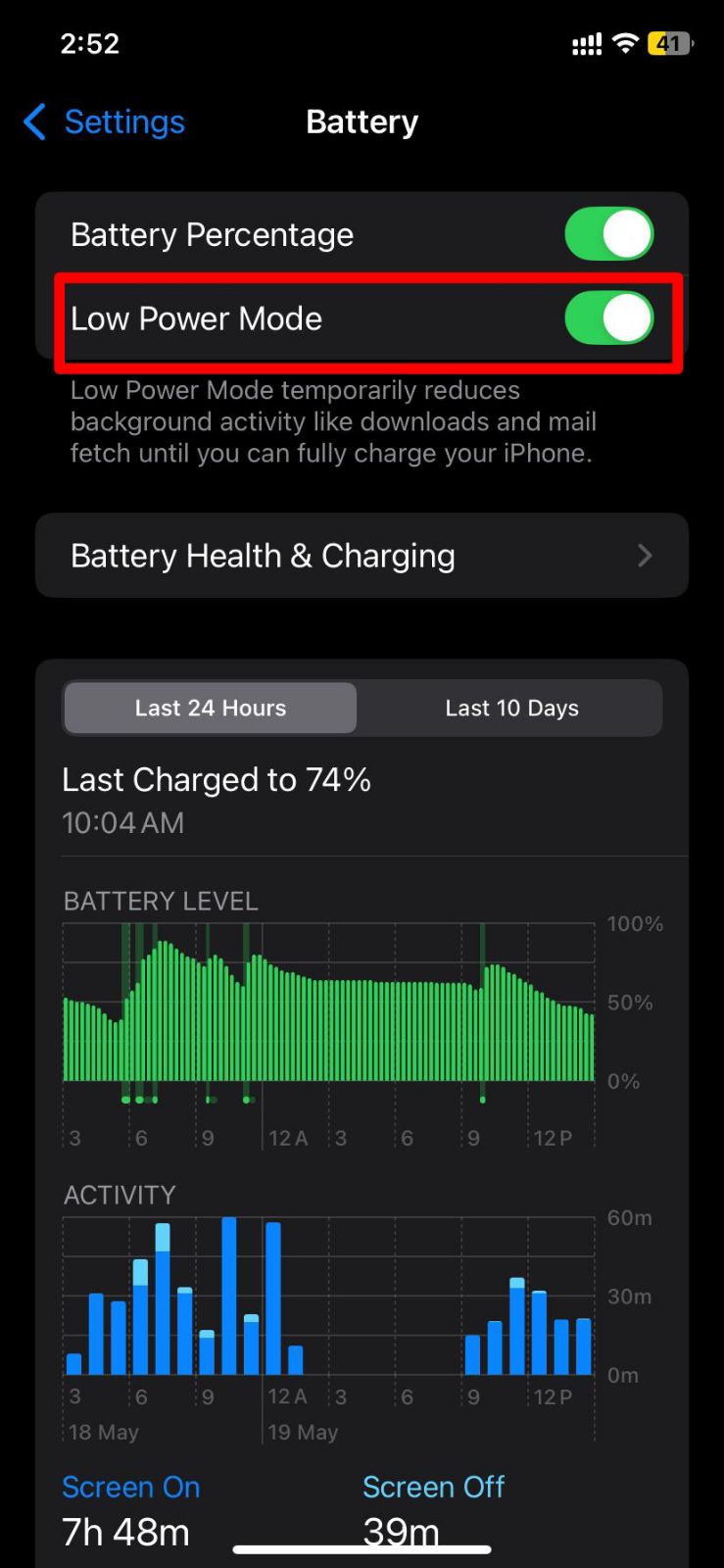
Low Power Mode isn’t just for emergencies:
- Go to Settings → Battery → Low Power Mode
- Enable it whenever you need extended battery life
- Add Low Power Mode to Control Center for quick access
Auckland commuter tip: Enable Low Power Mode during your Western Line train journey when the carriage power points are all taken. It can extend your battery by up to 30%.
10. Check and Maintain Battery Health
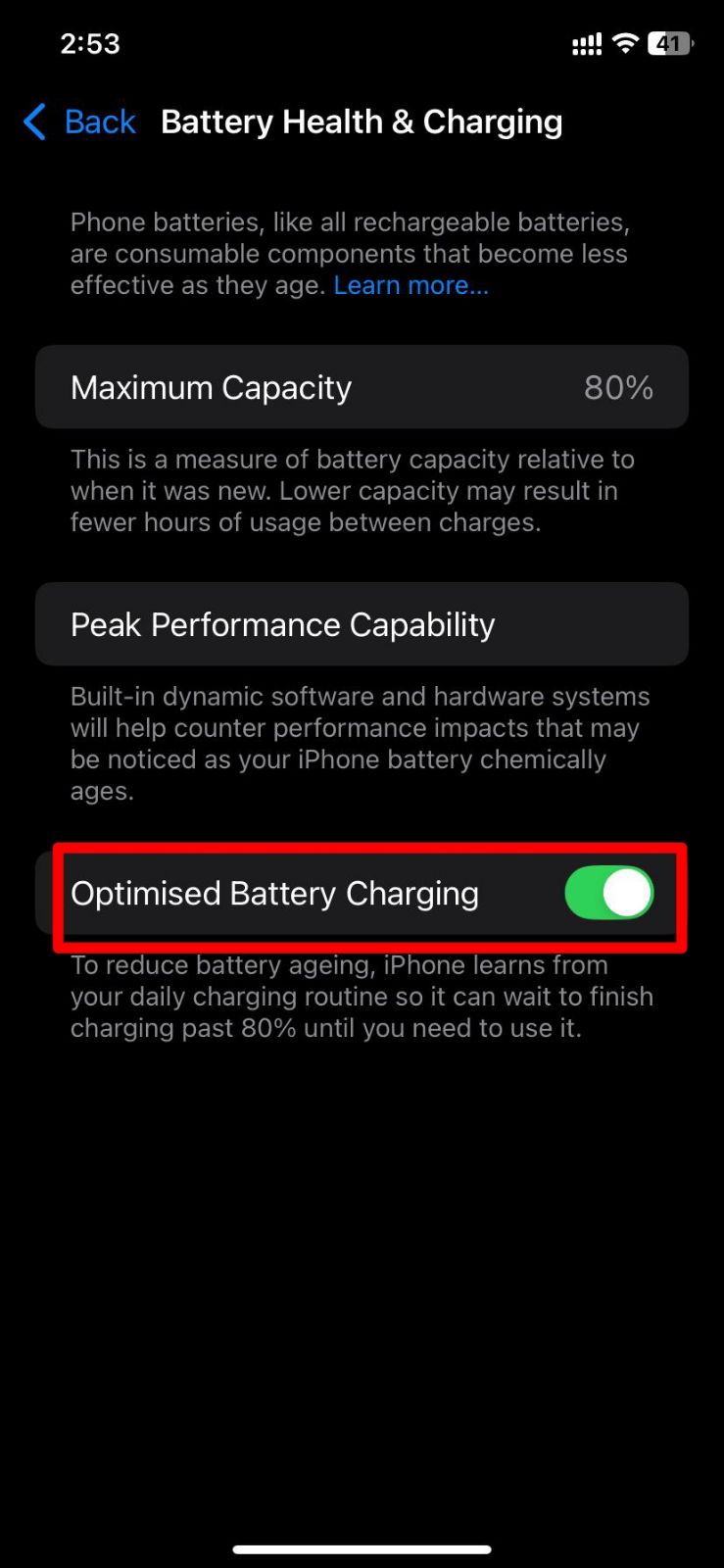
- Go to Settings → Battery → Battery Health & Charging
- Check your Maximum Capacity percentage
- Enable Optimized Battery Charging to slow battery aging
If your battery health is below 80%, it’s time to consider a replacement. At SMASHED IT, we offer same-day battery replacements at our Auckland shops with a full warranty, often for less than half Apple’s price.
11. Reduce Motion for Smoother Battery Performance
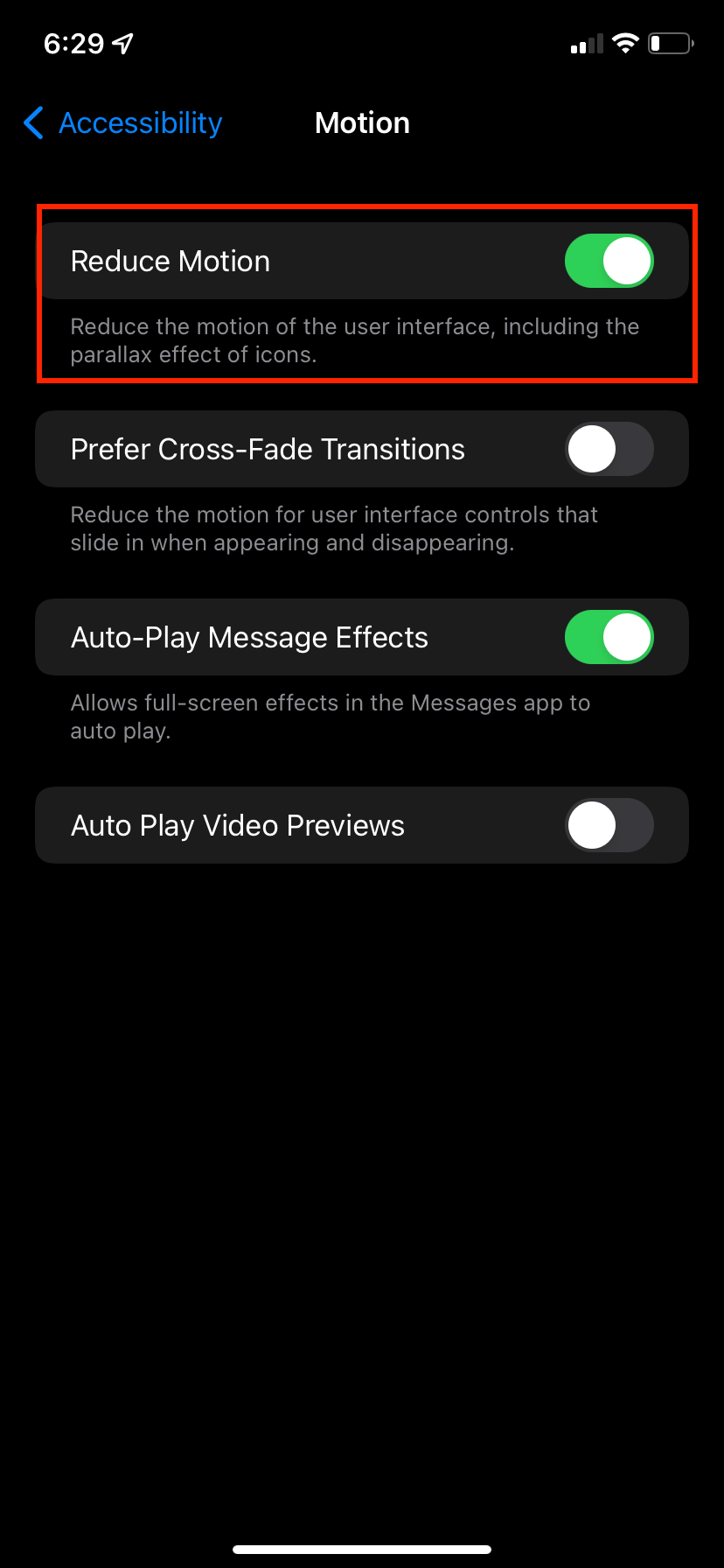
Those flashy screen animations look great when showing your mates your new iPhone at Takapuna Beach, but they’re secretly draining your battery:
- Go to Settings → Accessibility → Motion
- Turn on Reduce Motion
- Also toggle on Prefer Cross-Fade Transitions
This setting reduces the fancy animations and transitions throughout iOS, replacing them with simple dissolves that use significantly less processing power and battery.
Auckland commuter benefit: When you’re trying to check train times at Britomart station during rush hour, this setting makes your phone more responsive while using less battery—a win-win for busy CBD workers.
Summary: Battery-Saving Settings for Auckland iPhone Users
For the busy Aucklander who doesn’t have time to fiddle with all these settings, here’s your quick action list:
- Location Services: Minimize or disable for non-essential apps
- Background App Refresh: Turn off for most apps
- Mail Settings: Change from Push to Manual or Hourly
- Screen Settings: Lower brightness, shorter auto-lock, use Dark Mode
- System Services: Turn off unnecessary analytics and tracking
- Low Power Mode: Use it proactively, not just in emergencies
When DIY Doesn’t Cut It: We’re Here to Help
If you’ve tried all these settings and your iPhone battery still doesn’t last through your commute from Albany to the CBD, it might be time for a battery replacement. At SMASHED IT, we:
- Offer same-day battery replacements using premium batteries
- Provide a warranty on all battery replacements
- Use certified technicians with 10+ years of Auckland repair experience
- Have convenient locations in Parnell, Papakura, and Ponsonby
Don’t let a dying battery ruin your day when you’re trying to catch an Uber after drinks in Viaduct or order food delivery in Mt Eden. Pop into any of our Auckland stores or book online for a quick, affordable battery solution.
